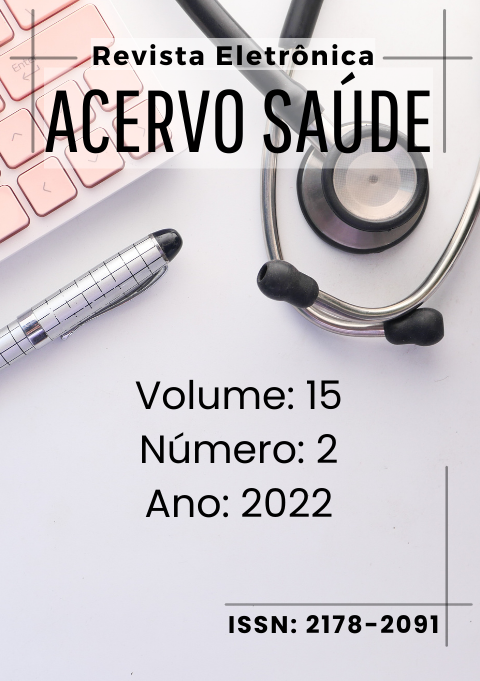Associação entre possível bruxismo e a prática de atividade física em adolescentes escolares: estudo exploratório
##plugins.themes.bootstrap3.article.main##
Resumo
Objetivo: Verificar a associação entre o possível bruxismo e a prática de atividade física em adolescentes escolares. Métodos: Trata-se de um estudo exploratório, descritivo e analítico de base escolar. Foram incluídos 217 estudantes, na faixa etária de 14 a 19 anos, de ambos os sexos, regularmente matriculados no ensino médio da rede estadual de ensino de uma cidade de Pernambuco. As variáveis avaliadas incluíram os dados sociodemográficos, questões relativas à atividade física e dados relativos ao possível bruxismo que foram retiradas de 3 questionários PeNSE, YRBS e RDC/TMD. Os dados foram analisados utilizando o software STATA 12.0 para Windows. O estudo foi aprovado por Comitê de Ética em Pesquisa. Resultados: Dentre os pesquisados 32,7% eram bruxistas (sono e vigília), 50,2% eram sedentários, 61,3% tinham entre 14 e 16 anos e 64,5% eram do sexo feminino. Não houve associação estatisticamente significativa em nenhuma das variáveis analisadas em relação ao bruxismo. Houve associação entre o sexo e atividade física (p-valor 0,013), relacionando o sexo feminino ao sedentarismo. Conclusão: Não foi observada associação entre o possível bruxismo e atividade física na população estudada.
##plugins.themes.bootstrap3.article.details##
Copyright © | Todos os direitos reservados.
A revista detém os direitos autorais exclusivos de publicação deste artigo nos termos da lei 9610/98.
Reprodução parcial
É livre o uso de partes do texto, figuras e questionário do artigo, sendo obrigatória a citação dos autores e revista.
Reprodução total
É expressamente proibida, devendo ser autorizada pela revista.

